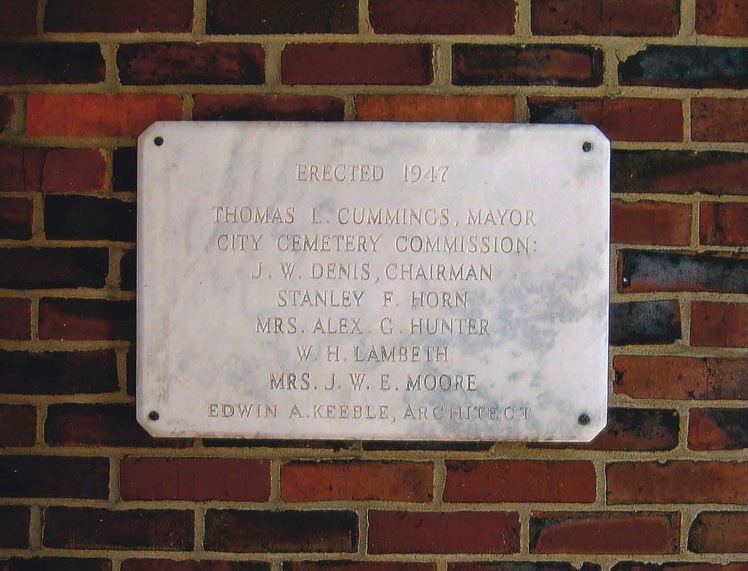Cemetery History
Our History
The City Cemetery is the oldest continuously operated public cemetery in Nashville. On March 9, 1820, the Mayor of Nashville and the Aldermen purchased from Richard Cross four acres of land located “on the plains, south of town, for its burying ground.” The cemetery opened on January 1, 1822. Fourteen years later the cemetery had outgrown its original site and more acres were acquired. By 1850 the cemetery was the final resting place for over 11,000 people of every race, religion and economic status. Since the opening, there have been 20,000 interments in the City Cemetery. Over the years, there have been removals including the Civil War Federal soldiers to the National Cemetery, Gallatin Pike, C.S.A. soldiers to the Confederate Circle at Mt. Olivet, and the relocation of graves to new family lots in Mt. Olivet Cemetery after the Civil War.
Four of Nashville’s first settlers, James Robertson, founder of Nashville, and his wife Charlotte Reeves Robertson, and John and Ann Robertson Cockrill; American Revolutionary War soldiers Lipscomb Norvell, Joel Lewis, Anthony Foster; four Confederate generals: Felix Zollicoffer, Bushrod Johnson, Richard Ewell, and Samuel Read Anderson; the man who named the American flag “Old Glory,” Captain William Driver; Union Navy Commodore Paul Shirley; a Tennessee Governor, William Carroll; 15 mayors of Nashville, and two of the original Fisk Jubilee Singers, Mabel Lewis Imes and Ella Sheppard Moore, also many slaves and free persons of color interred prior to the Civil War, are among those buried in the small and peaceful cemetery, The City Cemetery was listed in the National Register of Historic Places in 1972 because of its historical and architectural significance.
Come visit the Cemetery. Walk down the lanes and you will begin to feel that you have stepped back in time. Its quiet beauty can provide an escape from the busy world outside its walls.
The Nashville City Cemetery: Second Edition
A more thorough history of the cemetery may be found in the book, The Nashville City Cemetery: Second Edition, published in 2010. The book is a rich source of the city’s history along with stories of early Nashvillians who rest in the cemetery. A free PDF of the book is available for download.
Keeble Building
The brick building, located beyond the Hill family vault in the circle, was built in 1947, designed by Nashville architect Edwin A. Keeble (1905-1979).
The City Cemetery Sexton used this building from 1947 until the late 1970s. The Sexton kept the Interment Records, Deeds and Lot plans in this building. The Sexton was employed by the City of Nashville to keep the records and be available to answer questions and give tours for visitors. When the building was no longer used by the Sexton, the records were relocated to the Collection of Metro Archives.
The Keeble Building was renovated during the 2008-2010 restoration of the City Cemetery. In the passageway of the building are informational leaflets about the City Cemetery for visitors and a large map, on the wall, depicting the Sections and growth of the cemetery over the years since the first purchase of land in 1820.

The plaque on the passageway wall reads:
“Erected 1947
Thomas L. Cummings, Mayor
City Cemetery Commission
J. W. Denis, Chairman
Stanley F. Horn
Mrs. Alex C. Hunter
W. H. Lambeth
Mrs. J. W. E. Moore
Edwin A. Keeble, Architect”

